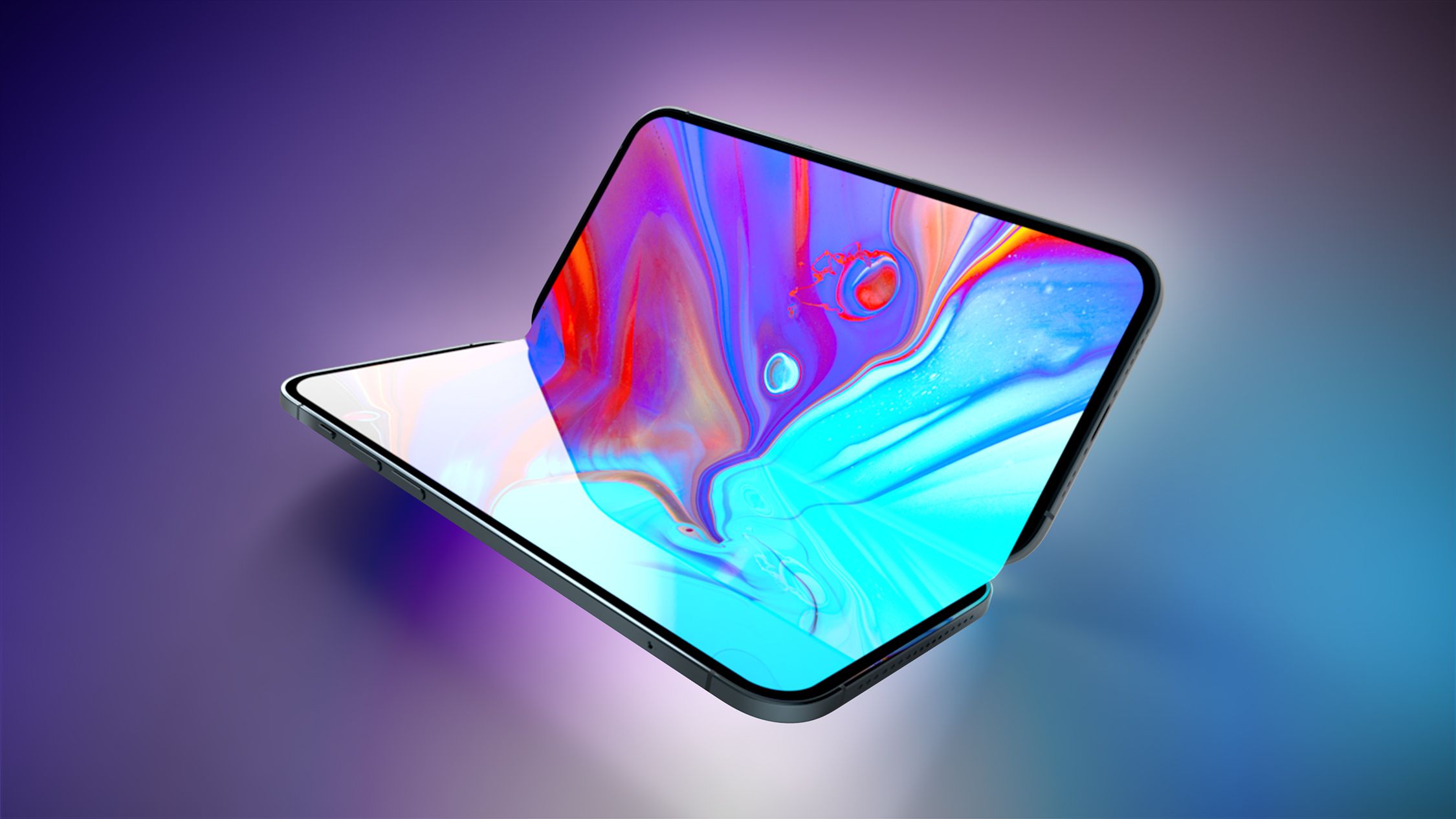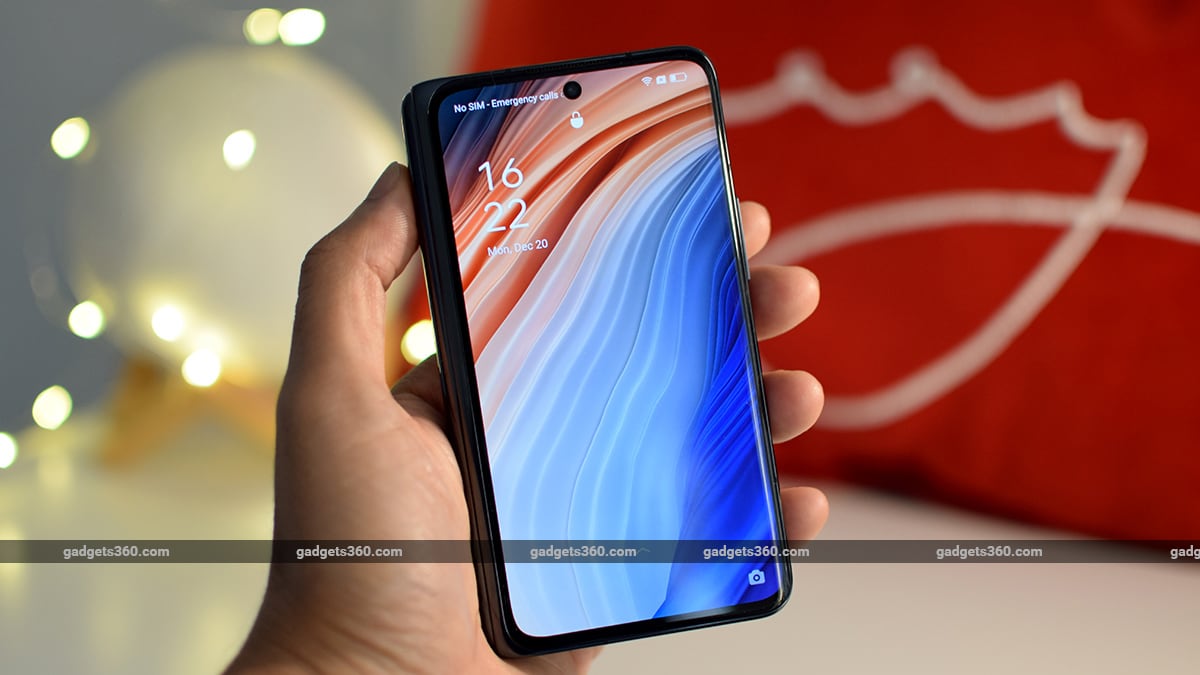## Forget Bendgate, Fold It!: Apple’s Next iPhone Might Be Made of Liquid Metal
Remember the iPhone 6 Plus bend gate fiasco? Apple’s delicate handsets seemed prone to flexing under pressure. Well, buckle up, because the rumors suggest Apple’s about to turn that weakness into a superpower.

Leaked information from esteemed analyst Ming-Chi Kuo paints a fascinating picture: Apple’s upcoming foldable iPhone is rumored to feature a revolutionary material – liquid metal. This isn’t science fiction, folks! Liquid metal is known for its incredible flexibility and strength, potentially making Apple’s foldable phone the most durable yet.
Ready to dive into the world of bendable iPhones and the science behind this game-changing material? We’ve got the scoop.Production and Launch Timeline
Apple’s foldable iPhone is expected to enter mass production in the fourth quarter of 2026, with a potential launch in late 2026 or early 2027. However, it’s worth noting that this is a limited initial quantity, and the high price point is expected to be around twice as much as the iPhone 16 Pro Max.
Mass Production and Launch Expectations
According to Ming-Chi Kuo, Apple’s foldable iPhone will start mass production in Q4 2026, followed by a limited initial quantity and a high price point. This is expected to be a premium product, and Apple may only release a limited number of units to test the market.
Analyst Predictions and Revenue Projections
Yi’an Technology, a supplier of components for the foldable iPhone, is expected to see a significant increase in revenue due to the use of liquid metal material. According to Ming-Chi Kuo, the company’s revenue could grow by up to 200 percent, reaching CNY 1.5 billion to 2 billion (approximately Rs. 1,780 crore to 2,370 crore).
Implications and Analysis
The use of liquid metal material in Apple’s foldable iPhone could give the company a significant competitive advantage in the market. As the exclusive supplier of the material, Yi’an Technology is likely to benefit from the increased demand.
Competitive Advantage and Market Impact
Apple’s lead in foldable technology could result in the company dominating the market, especially if its competitors are unable to match its performance. Other brands may attempt to use the same material on their handsets, but it’s unclear whether they will be able to replicate Apple’s success.
Practical Aspects and User Experience
The durability and reliability of the liquid metal material are crucial factors in the user experience. If Apple can deliver a durable and reliable product, it could set a new standard for foldable devices. However, there are still concerns about the crease marks that can occur on folding displays.
Conclusion
In “Apple’s Foldable iPhone to Use Liquid Metal Materials for Improved Durability: Ming-Chi Kuo,” Ming-Chi Kuo, a prominent tech analyst, shed light on Apple’s plans to incorporate liquid metal materials into the foldable design of its iPhone. This move is expected to significantly enhance the device’s durability, reducing the likelihood of screen cracks and improving overall performance. Kuo argues that the use of liquid metal will also enable Apple to create a more seamless and durable hinge, allowing users to fold and unfold the phone without worrying about damage.
The adoption of liquid metal materials in foldable iPhones holds significant implications for the industry as a whole. It showcases Apple’s commitment to innovation and its willingness to push the boundaries of what is thought possible in mobile device design. Moreover, this technology has the potential to revolutionize the way we use our smartphones, enabling us to enjoy a more seamless and intuitive user experience. As the demand for foldable devices continues to grow, it will be fascinating to see how other manufacturers respond to this technological advancement.
As the world of smartphones continues to evolve, one thing is clear: the future of mobile devices will be shaped by innovative materials and design techniques. With the introduction of liquid metal materials in foldable iPhones, Apple is taking a significant step towards creating a new standard for durability and performance. As we gaze into the future, one question remains: what other groundbreaking technologies will be waiting in the wings, ready to transform the way we interact with our devices? The answer, much like the iPhone itself, will be nothing short of revolutionary.


Add Comment